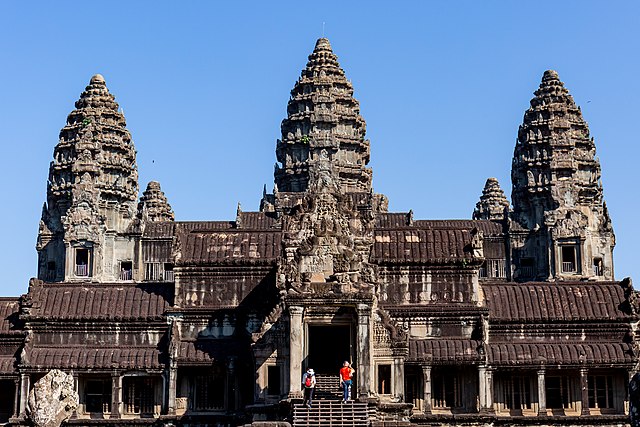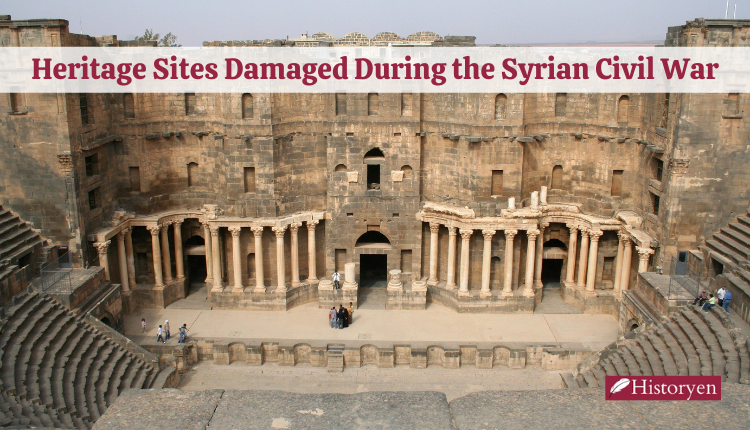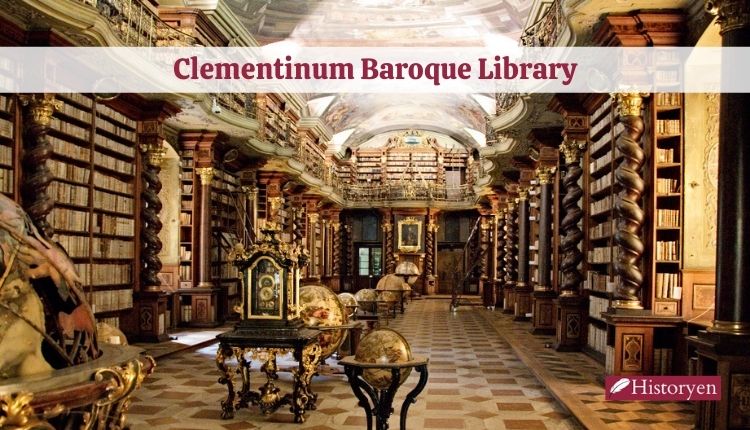Introduction
The Angkor Wat is a breathtaking temple complex located in Cambodia and is considered one of the most impressive architectural wonders in the world. Its grandeur, rich history, and cultural significance make it a must-visit destination for travelers and history enthusiasts alike. In this article, we will explore the captivating story behind the Angkor Wat and delve into its architectural marvels, historical context, and enduring legacy.
The Birth of Angkor Wat: An Architectural Marvel
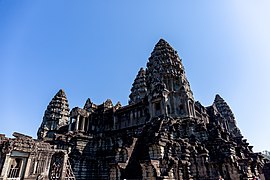
Angkor Wat, the magnificent temple complex located in Cambodia, was built during the reign of King Suryavarman II in the early 12th century. It stands as a testament to the architectural and engineering prowess of the Khmer Empire. The construction of Angkor Wat took an estimated 30 years to complete and involved a vast workforce of skilled artisans, laborers, and architects.
The temple’s design showcases the impressive fusion of Hindu and Buddhist elements, reflecting the religious and cultural diversity of the Khmer Empire. The symmetrical layout, intricate carvings, and massive scale of Angkor Wat continue to astonish visitors to this day.
It was constructed as a representation of Mount Meru, the mythical home of the Hindu gods. Its architectural features and elaborate bas-reliefs depict scenes from Hindu mythology and historical events. The temple’s alignment with the cardinal points and celestial symbolism reflects the deep reverence for cosmic harmony and spiritual beliefs held by the Khmer Empire.
The birth marked a significant milestone in the Khmer Empire’s history. It symbolized the empire’s dedication to religious and cultural pursuits, as well as its architectural innovation and grandeur. The construction of such an awe-inspiring temple complex demonstrated the empire’s power and influence in the region.
Today, Angkor Wat remains an iconic symbol of Cambodia and a testament to the rich cultural heritage of Southeast Asia. Its architectural marvels continue to inspire awe and attract visitors from all over the world, making it a must-visit destination for those interested in history, art, and ancient civilizations.
Unveiling the Historical Significance of Angkor Wat
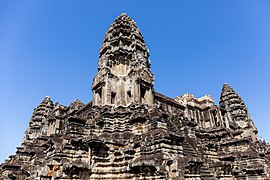
A Glimpse into the Khmer Empire
The Khmer Empire flourished from the 9th to the 15th century, encompassing present-day Cambodia and parts of neighboring countries. At its zenith, it was a powerful empire that left an indelible mark on Southeast Asian history. The construction of Angkor Wat reflected the empire’s dedication to religious and cultural pursuits.
The Construction of Angkor Wat
Angkor Wat took an estimated 30 years to build, involving an army of skilled artisans, laborers, and architects. The temple’s design showcases the harmonious fusion of Hindu and Buddhist elements, reflecting the religious and cultural diversity of the Khmer Empire. Its symmetrical layout, intricate carvings, and vast scale continue to awe visitors to this day.
Symbolism and Purpose of the Temple
Angkor Wat served as a state temple dedicated to the Hindu god Vishnu. Its architectural elements and elaborate bas-reliefs depict scenes from Hindu mythology and historical events. The temple’s alignment with the cardinal points and celestial symbolism showcases the Khmer Empire’s deep reverence for cosmic harmony and spiritual beliefs.
Exploring the Architectural Wonders Angkor Wat

The Impressive Facade and Entrance
Approaching Angkor Wat, visitors are greeted by a magnificent facade adorned with intricate bas-reliefs and ornate sculptures. The grand entrance, flanked by stone lions known as “guardians,” leads to a vast courtyard and a series of galleries that depict captivating narratives through their detailed carvings.
Magnificent Bas-Reliefs and Carvings
One of the most remarkable features of Angkor Wat is its extensive collection of bas-reliefs. These intricate stone carvings adorn the temple walls, narrating tales from Hindu mythology and historic events. They offer a glimpse into the cultural and historical significance of the Khmer Empire, showcasing the artistic mastery of its craftsmen.
The Central Sanctuary and Towering Spires
At the heart of Angkor Wat lies the central sanctuary, housing a sacred shrine. Ascending the steep steps, visitors reach the uppermost level, where they are rewarded with panoramic views of the surrounding landscape. The five towering spires, resembling lotus buds, symbolize the peaks of Mount Meru and evoke a sense of divine transcendence.
Preserving the Legacy: Challenges and Restoration Efforts
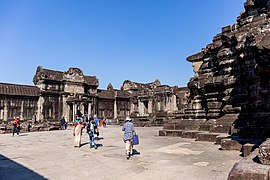
The Ravages of Time and Nature
Over the centuries, endured the ravages of time, wars, and natural elements. Neglected during periods of political instability, the temple complex suffered damage and looting. Additionally, the region’s tropical climate and encroaching vegetation posed significant challenges to its preservation.
UNESCO and the Preservation Angkor Wat
Recognizing the exceptional value of Angkor Wat, UNESCO designated it as a World Heritage Site in 1992. This international recognition spurred concerted conservation efforts. Restoration projects, structural stabilization, and ongoing maintenance ensure the safeguarding of this cultural treasure for future generations.
Experiencing Angkor Wat Today

Visitor Information and Practical Tips
To fully immerse yourself in the splendor of Angkor Wat, it is important to plan your visit carefully. The temple complex is located near Siem Reap, Cambodia, and can be accessed by various means of transportation. Visitors are required to obtain an admission pass, and local guides are available to enhance the experience with their knowledge and insights.
Sunrise and Sunset: The Golden Hours
Witnessing the sunrise or sunset over Angkor Wat is a magical experience. The soft glow of the morning sun or the vibrant hues of the evening sky create an ethereal ambiance, enhancing the temple’s beauty. Arriving early or staying late allows visitors to capture stunning photographs and revel in the captivating atmosphere.
Other Temples and Attractions in the Angkor Archaeological Park
While Angkor is the most renowned temple within the vast Angkor Archaeological Park, there are numerous other temples and attractions worth exploring. From the enigmatic faces of Bayon Temple to the overgrown grandeur of Ta Prohm, each site offers its own unique charm and historical significance.
Conclusion
The Angkor Wat stands as a testament to human ingenuity, cultural richness, and spiritual devotion. Its architectural grandeur and historical significance continue to captivate visitors from around the globe. As we marvel at the intricate carvings, towering spires, and timeless beauty of this ancient masterpiece, let us remember the importance of preserving and cherishing our world’s cultural heritage.
